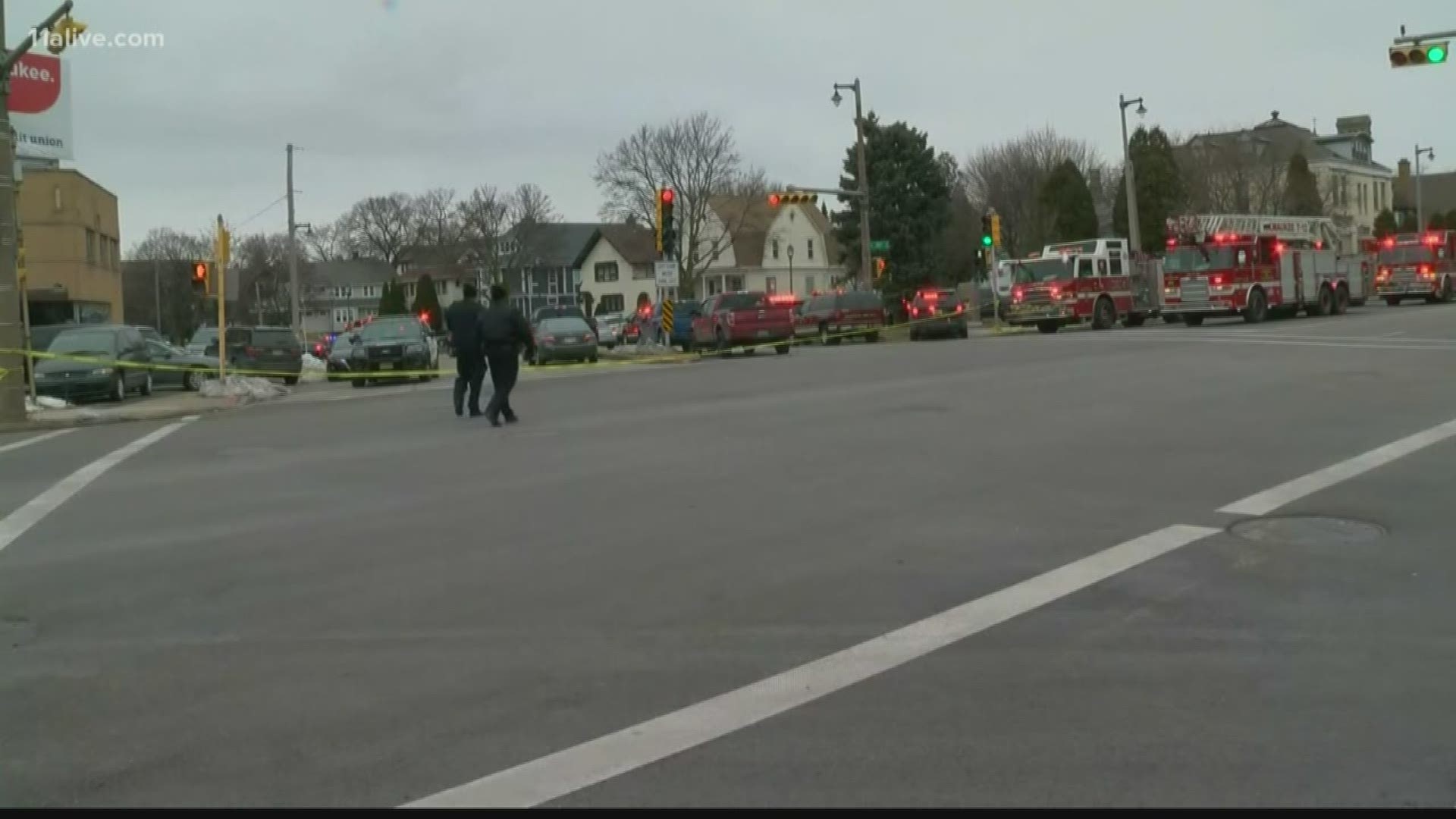Plans for a secure, underground visitors' center at the U.S. Capitol kicked around Washington, D.C., for more than 20 years before violence pushed the idea forward in 1998.
The extra security was apparently worth it: Speaking to reporters on Monday, U.S. Capitol Police Chief Matthew Verderosa said police shot and wounded a gunman who pulled a weapon during routine screening. While much of the information on the shooting was preliminary, Verderosa said, "It appears that the screening process works the way it's supposed to."
The shooting unfolded Monday during the busiest tourist season in the nation's capital, with cherry blossoms having just reached their peak springtime bloom.
A visitors' center proposal took shape in the mid-1970s with a report from the architect of the Capitol titled "Toward a Master Plan for the United States Capitol." Congress funded the idea in 1991, but the July 1998 fatal shooting of two Capitol police officers at a security checkpoint underlined the need for a more secure entrance.
It was the first shooting in the Capitol in 44 years, The Washington Post reported, and the worst since Congress occupied the majestic building in 1800.
During that shooting, which took place as Congress was in session, a gunman burst through a security checkpoint and fired at officers. A woman standing nearby was also hit. The wounded gunman was captured in the office complex of then-House Majority Whip Tom DeLay, R-Texas.
The two slain officers were both veterans of the Capitol police force: Jacob Chestnut and Special Agent John Gibson, who was assigned to provide security for DeLay. Believed to be the first Capitol Police officers killed on duty at the building, both left behind families.
President Clinton said he and first lady Hillary Rodham Clinton were "deeply disturbed" by the shootings, saying the Capitol was "the people's house, a place where visitors and workers should not have to fear violence."
The Sept. 11, 2001, terrorist attacks prompted designers to change the plans again — and led Congress to add required funding for the expanded project.
Construction began in 2002, according to an official history of the facility. Excavation required removing 65,000 truckloads of soil.
Originally set to open in January 2005, it didn't open until nearly four years later, in December 2008. By then its original price tag of about $374 million grew to $621 million, The Post noted. More than 2 million people visit annually, Capitol officials say.

![AP CAPITOL GUNFIRE A FILE USA DC [image : 82352130]](http://www.gannett-cdn.com/media/2016/03/28/USATODAY/USATODAY/635947775281307032-AP-CAPITOL-GUNFIRE-80822208.JPG)


